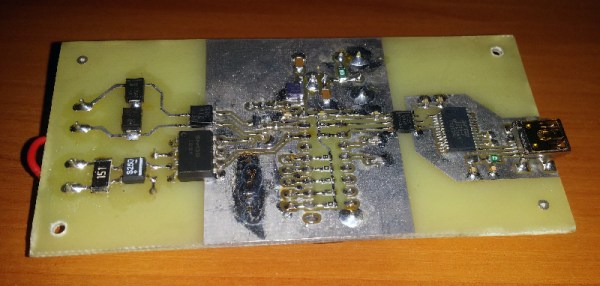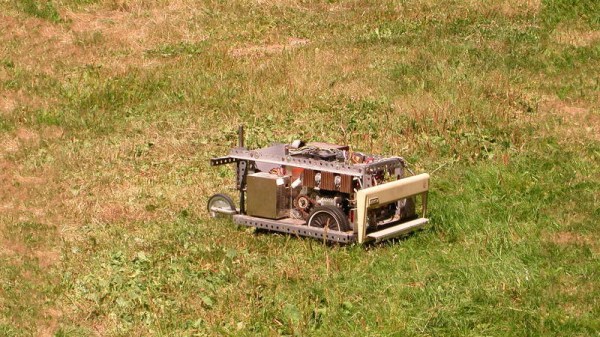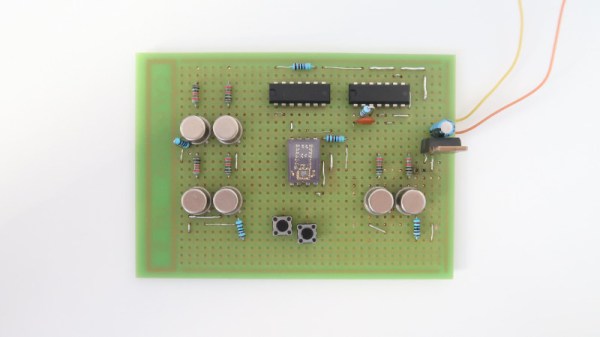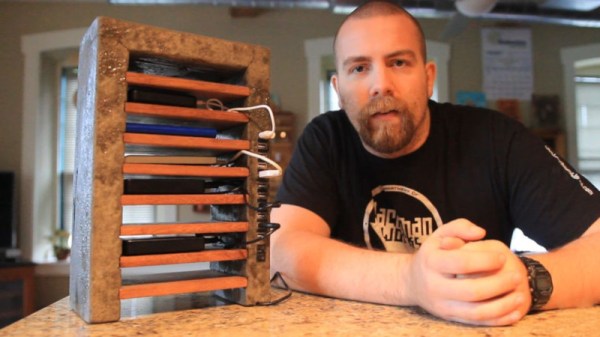How do you get the kids interested in old technology? By connecting it to a phone, obviously. Those kids and their phones. When [Marek] got his hands on an old-school teletype, he hooked it up to a GSM network, with all the bells and whistles including a 40mA current loop running at an impressive 50 baud.
The teletype in question here is a vintage T100 teletype manufactured in Czechoslovakia sometime in the ’70s. This was a gift to [Marek]’s workplace, the museum of Urban Engineering in Cracow, and this project is effectively an experiment to investigate the possibility of running this teletype as an interactive exhibit rather than an artefact from the age of current loops and phone systems.
The current loop is, or was, the standard way of connecting a teletype to anything, so all [Marek] had to do was construct a box that translated the signals from a GSM modem to this current loop. For the prototype, the microcontroller in question is an old AT89C2051 (as that’s what was sitting in the parts drawer). This was moved over to a PIC32 microcontroller and a SIM800 GSM module. This is housed in a two-part enclosure, with the GSM interfaced housed in one half, with the current loop generator consisting of a simple DC power supply housed int the other half.
This interface is capable of receiving and sending messages from the keyboard to a GSM network, so it is theoretically possible you could text your friends using an old-school teletype. This functionality hasn’t been implemented yet, but it is just about the coolest thing you could possibly imagine. You can check out a video of the teletype in action below. Continue reading “Texting With A Teletype”

















